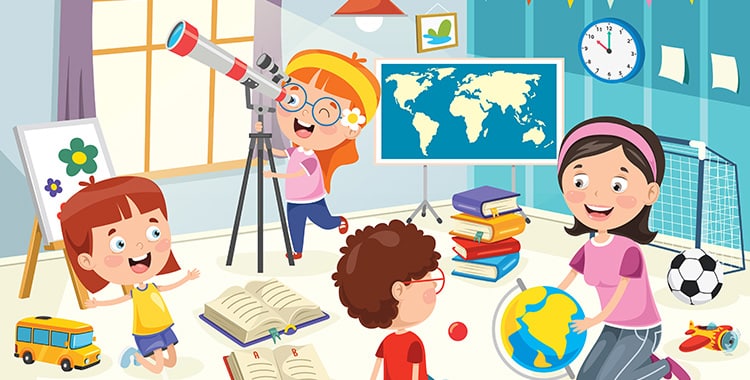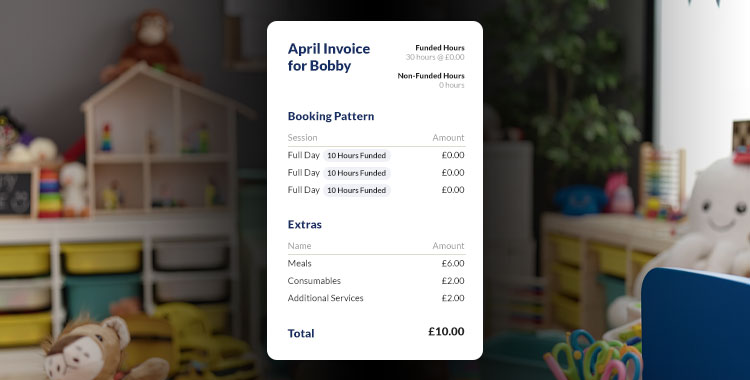The importance of introducing STEM—Science, Technology, Engineering, Mathematics—in early childhood cannot be overstated. In an age where technological and scientific advancements are pivotal, early exposure to STEM builds foundational skills and sparks a lifelong interest in learning. This blog delves into practical strategies for integrating STEM in early education settings and offers concrete examples to help educators bring these concepts to life in the classroom.
Why STEM Matters in Early Learning
STEM education cultivates critical thinking, problem-solving abilities, and curiosity—all crucial skills in today’s innovation-driven world. By integrating STEM concepts early, children develop a robust analytical framework that supports all areas of learning.
Enhancing Cognitive Skills
STEM activities encourage children to think critically and solve problems creatively, which enhances their cognitive development and prepares them for future educational challenges.
Fostering Curiosity and Exploration
Engaging young learners with hands-on STEM activities promotes a natural curiosity and desire to understand how things work, driving continuous learning and exploration.
Effective STEM Integration Strategies
Incorporating STEM into early childhood education doesn’t require specialised equipment or advanced knowledge. Below are simple, practical methods that can be implemented in any early learning environment:
Everyday Science Experiments
Practical Example: Plant Growth Observation
Create a plant-growing station where children can plant seeds in clear containers. This allows them to observe root development, stem growth, and, eventually, the emergence of leaves. Discuss the plant’s needs—water, light, and air—and have children measure and record growth each week, introducing basic biology and responsibility for care.
Technology Integration
Practical Example: Using Simple Robotics Kits
Introduce basic programming concepts using child-friendly robotics kits, like programmable floor robots that can be coded to move through mazes. This activity teaches logical sequencing, spatial awareness, and problem-solving.
Building and Engineering Challenges
Practical Example: Constructing Bridges
Using blocks, straws, or other common materials, challenge children to build bridges supporting the weight of several toy cars. This promotes an understanding of basic engineering principles, such as balance and structural integrity, while encouraging creativity and teamwork.
Maths in Real Life
Practical Example: Cooking with Maths
Incorporate maths into cooking activities by asking children to help measure ingredients for a simple recipe, like making fruit salad. This introduces them to concepts of measurement, volume, and fractions in a fun, engaging way.
Leveraging Nursery in a Box for Enhanced STEM Learning
With its suite of digital tools and resources, Nursery in a Box can significantly streamline the integration of STEM into early childhood curriculums.
Digital Documentation and Progress Tracking
Use Nursery in a Box to document children’s experiments and projects, track their progress, and share these developments with parents, creating a continuous learning loop between home and school.
Community and Parental Engagement
Facilitate a collaborative learning environment using Nursery in a Box to communicate with parents about upcoming STEM activities and share tips on reinforcing these concepts at home.
Conclusion: Building the Foundations of Future Success
Integrating STEM into early childhood education sets the stage for a lifetime of learning and discovery. It equips young learners with the necessary tools to succeed in a tech-centric world. Educators can use practical, hands-on activities to make STEM learning accessible and enjoyable, fostering academic skills and a passion for exploration and innovation. With the support of resources like Nursery in a Box, educators are well-equipped to guide their students through the exciting world of STEM, ensuring every child has the chance to become a confident learner and creative thinker. Let’s prepare our youngest minds to navigate and shape the future with confidence and curiosity.

Hannah
Marketing Manager




